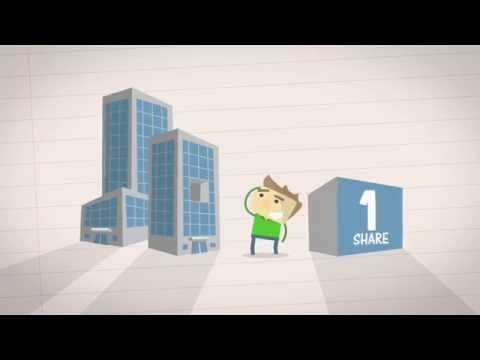Introduction To Institutional Investing_2
Post on: 16 Март, 2015 No Comment

Introduction to ETF
Key Features of ETFs
1. WHAT ARE ETFs?
ETFs are open-ended investment funds listed and traded on a stock exchange. They aim to track, replicate or correspond to the performance of an underlying index or asset. ETFs provide access to a wide variety of markets and asset classes.
Similar to trading any stock, you may buy or sell ETFs through your stock broker or through your own online trading account.
ETFs are similar to unit trusts as ETFs allow for diversification and professional management. But unlike unit trusts, there are no performance fees for ETFs. Investors pay lower management fees because ETFs employ a passive indexing strategy that aims to allow investors to access capital markets and commodities in an efficient manner.
To achieve the index tracking objective, a fund manager may adopt one or more of the following strategies:
(i) full replication by investing in a portfolio of securities that replicates the composition of the underlying index;
(ii) representative sampling by investing in a portfolio of securities that has a high correlation with the underlying index, but is not exactly the same as those in the index; or
(iii) synthetic replication through the use of financial derivative instruments to replicate the index performance.
2. WHO ARE THE PARTIES INVOLVED IN AN ETF?
Stock Exchange provides the platform for listing and trading of ETFs.
Fund Manager manages the fund which includes tracking the performance of the index or asset.
Participating Dealer creates and redeems ETF units with the fund manager.
Market Maker provides continuous bid/ask quote on the stock exchange to ensure availability of prices and liquidity (the Participating Dealer and Market Maker may be the same person).

Custodian and Trustee ensure compliance, safe keep of securities, approve creation and redemption of ETF units.
3. WHAT IS THE STRUCTURE OF AN ETF?
Creation Process
This occurs when the fund manager creates and issues ETF units to the participating dealer in exchange for securities. The securities form the portfolio of the fund. From the perspective of the participating dealer, securities are acquired from stock markets and exchanged for ETF units. These ETF units are then listed on the stock exchange for trading. The participating dealer may also act as the market maker by providing continuous intraday bid-ask quotes.
Redemption Process
This occurs when the participating dealer redeems ETF units in exchange for securities from the fund manager. After the ETF units are redeemed, the participating dealer may sell the securities in the stock market, and the fund manager will cancel the ETF units.
Open-ended structure
The creation and redemption process in ETFs is possible because ETFs have an open-ended structure. As the demand for an ETF rises or falls, the size of the fund can expand as new units are created, or contract when units are redeemed. The creation and redemption process has direct implications on ETF prices and is advantageous to investors as it keeps the price of the ETF close to the Net Asset Value (NAV).














